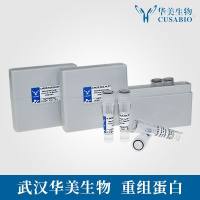Genetic Modification in Bacillus subtilis for Production of C30 Carotenoids
互联网
互联网
相关产品推荐

eglS/eglS蛋白/Carboxymethyl-cellulase;CMCase;Cellulase;Endo-1,4-beta-glucanase蛋白/Recombinant Bacillus subtilis Endoglucanase (eglS)重组蛋白
¥69

Recombinant-Saccharomyces-cerevisiae-Genetic-interactor-of-prohibitin-7-mitochondrialGEP7Genetic interactor of prohibitin 7, mitochondrial
¥11116

Recombinant-Schizosaccharomyces-pombe-Uncharacterized-membrane-protein-C30D1009c-SPBC30D1009cUncharacterized membrane protein C30D10.09c
¥10710

pucL/pucL蛋白Recombinant Bacillus subtilis Uric acid degradation bifunctional protein PucL (pucL)重组蛋白2-oxo-4-hydroxy-4-carboxy-5-ureidoimidazoline decarboxylase;OHCU decarboxylase;Uricase;Urate oxidase蛋白
¥2328

Recombinant-Bacillus-subtilis-Rhomboid-protease-gluPgluPRhomboid protease gluP EC= 3.4.21.105 Alternative name(s): Intramembrane serine protease
¥13286

